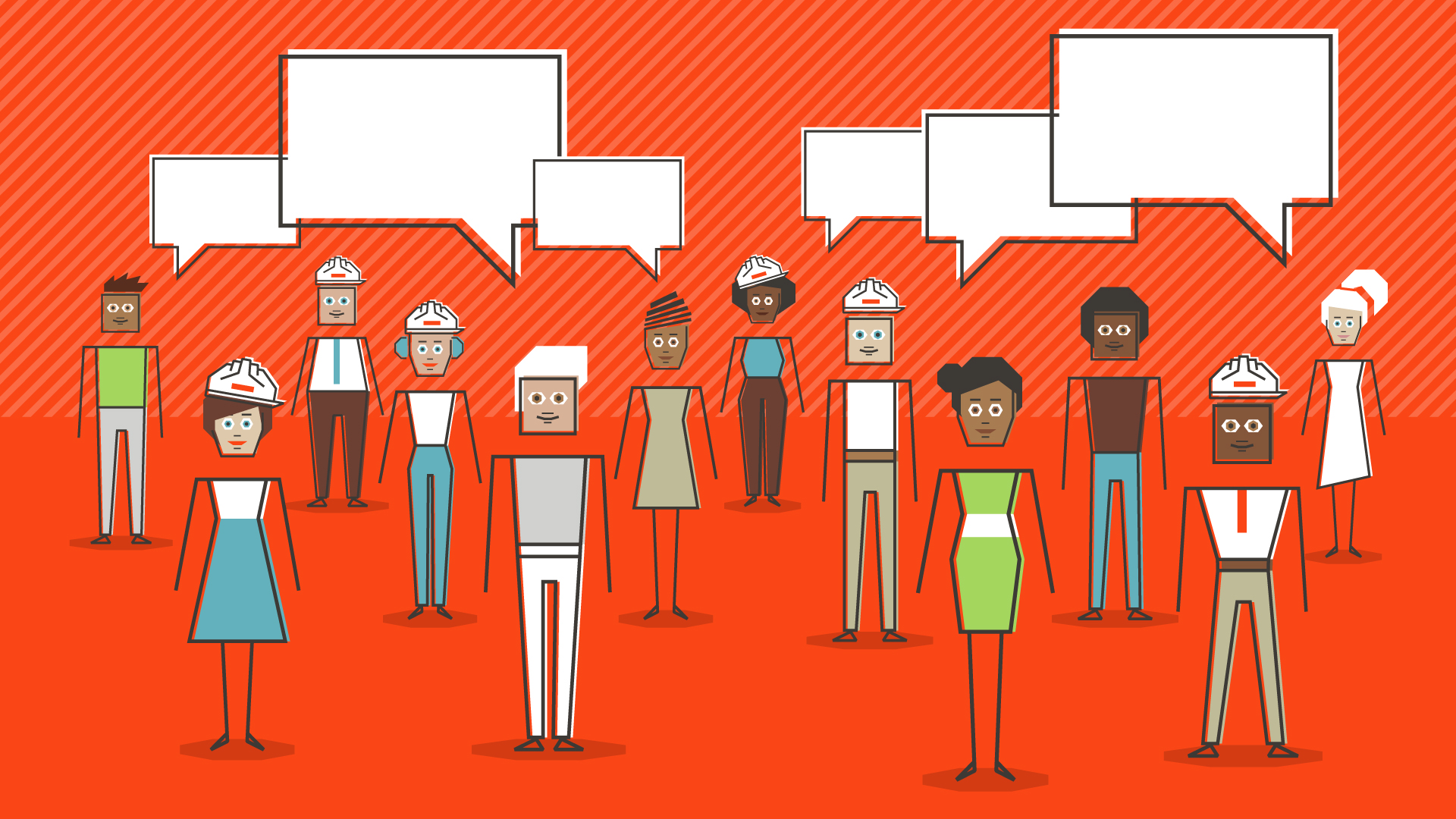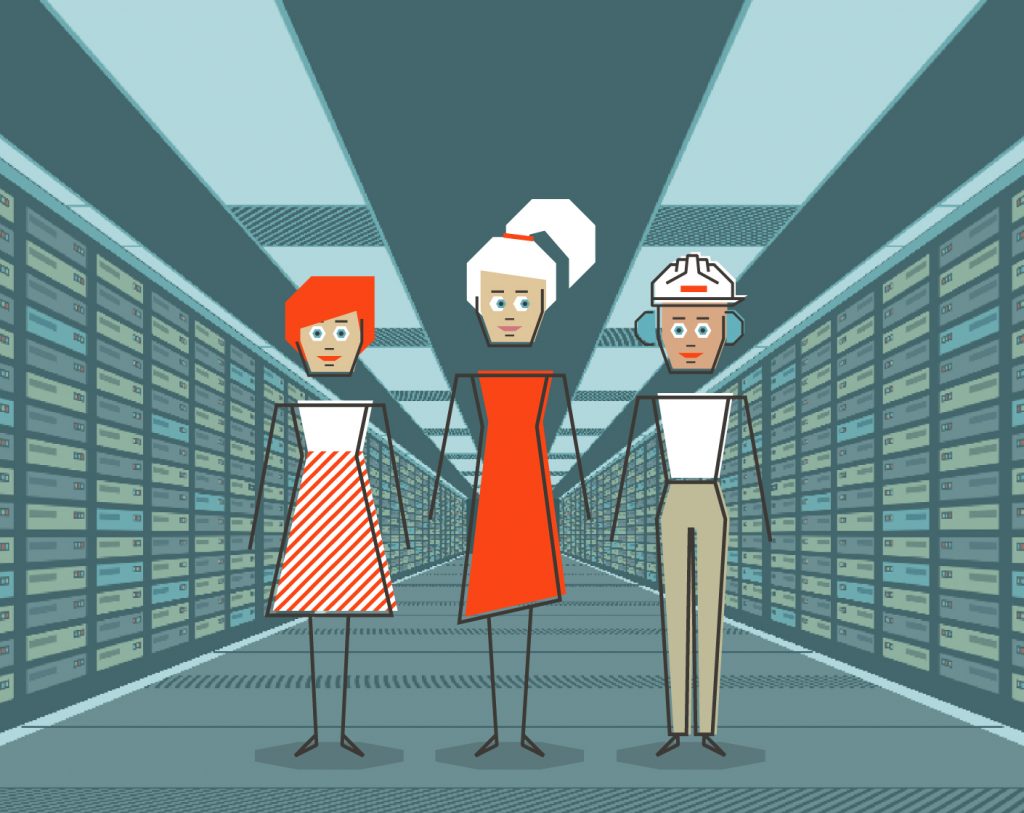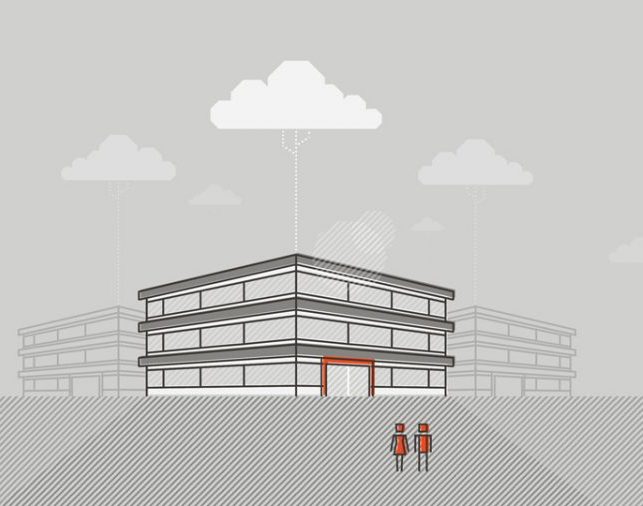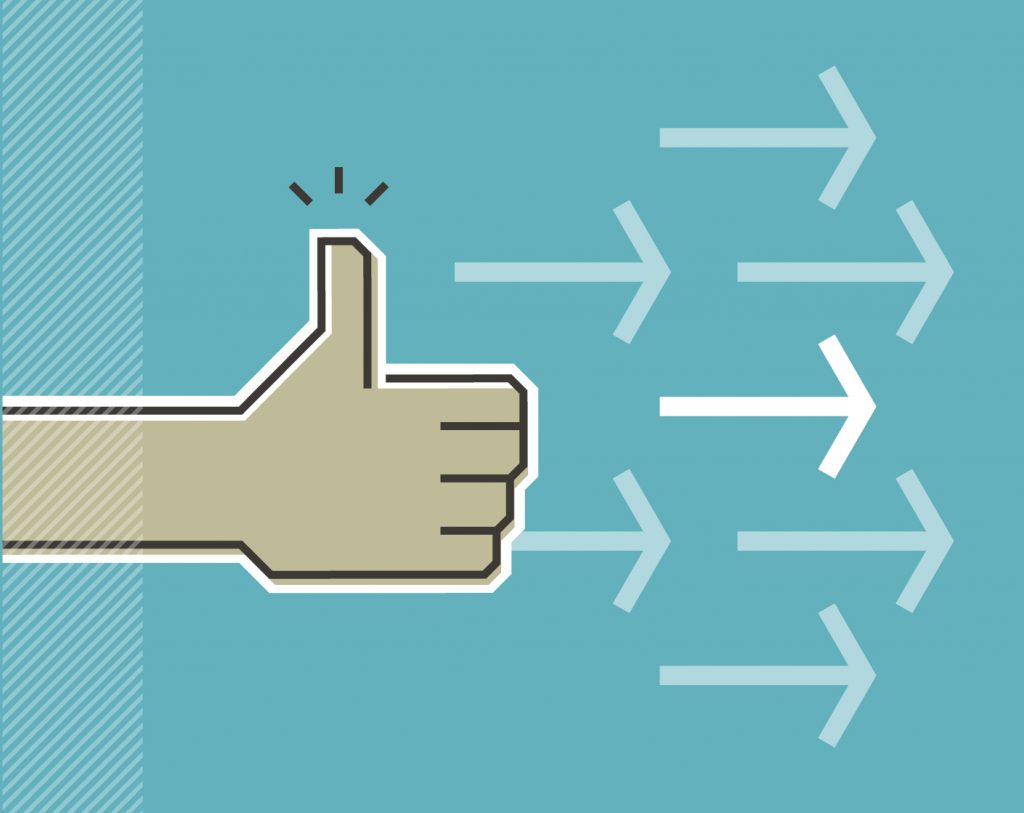The benefits of a data-led approach to diversity
By: Tricia Arneson

Call us biased but we believe a data-led approach to diversity is the best way to effect real change in the data center industry. Tricia Arneson, Yondr’s Chief Diversity Officer, explores why it’s best to let data lead the way when it comes to DEI&B…
I’ve been extremely fortunate in my career. I’ve been given many opportunities by men who supported me and believed in me. I’ve had many male mentors and allies since I entered the world of work.
But as a gay, Asian, Native Hawaiian woman there are parts of my career I look back on and think “What a mess. I don’t want anyone else to go through that.”
I didn’t come out for the first five years of my career. I’d take my male friend to work Christmas parties and let my colleagues put two and two together and come out with five.
I laugh looking back on it. But at the time I was worried I’d miss out on a promotion if my boss knew I was gay. I was scared the opportunities would vanish.
I didn’t want to see other women or under-represented minorities go through the kind of things I’d witnessed but was lucky enough to bypass.
Why diversify?
Diversity has been a hot topic for nearly a decade now. Asking such a simple question is borderline ridiculous, but it’s worth addressing.
There are three reasons to diversify: the moral reason, the representation reason and the business reason. They are not separate from one another.
The representation reason: representation matters. We each bring different perspectives to the workplace, formed by our worldview and past experiences. If we don’t see ourselves in our environment we’ll struggle to perform at our best and won’t feel like we belong at the organisation.
The moral reason: at Yondr we believe helping groups who have traditionally seen less opportunity is simply the right thing to do.
The business reason: diversity is good for business. Greater diversity and uniqueness in people and backgrounds brings with it increased thought diversity. Diverse thought leads to faster and better decision making, which leads to quicker innovation. And quicker innovation changes the world faster.
To vastly oversimplify the point, five people with the same background will give the same answer, whereas five people with completely different backgrounds will give five different perspectives.
The data center industry is moving so fast right now, predicting the future with any certainty is close to impossible. A workforce that can offer diverse perspectives on how to solve problems is perhaps our best chance at future-proofing the industry.
The data-led approach vs the traditional approach
Like me, most women in DEI&B roles don’t come from a DEI&B background. They had to take on the mantle while fighting for their rights in their own male-dominated companies.
In their efforts to change the narrative, they succeeded in effecting meaningful change inside of their organisation, leading them to break off and take on a diversity role full-time, in a consulting capacity. That’s why many women who run big consultancy firms come from STEM backgrounds.
It also means most people are led to DEI&B roles by their passion for helping others and their frustration at the way things currently are. Sometimes, that can lead to an oversight of the one thing that can help make DEI&B a measurable business initiative: data.
Without data to draw from you won’t know where the problems lie. You’ll spread your resources thin trying to attack the problem from every angle and struggle to make any impact at all.
The beauty of a data-led approach is that it lets you pinpoint where to focus your time and money to address problems at the cause, not the effect.
The flip side of this is that without data you can spend too much time focusing on one group of people rather than the intersectionality of many groups.
Create a culture before defining metrics
At Yondr, we’re determined to shift the mindset rather than impose a mandate. That’s why we’ve agreed to set no targets around diversity for the first year.
We’re focusing instead on learning, education and creating a structure and foundational understanding that supports people.
This is not a feeble excuse to hide our data, we plan to be very transparent about it. But we don’t have the right infrastructure in place to support an equitable, inclusive environment. Placing diversity targets on our hiring today would see us hiring to hit a number. And that would be detrimental without the right foundations in place – we’d likely see attrition due to a lack of proper support.
Earlier this year we launched our first Employee-led Resource Group focused on women. Based on interest in this initial group, we plan to add a new ERG every quarter, each focusing on a different group of people.
ERGs allow us to create communities of support for under-represented groups. And they can also give 360° feedback to the leadership team on areas we’re blind to.
Creating a culture before defining metrics is a slower route to progress than we’d take in an ideal world. But we believe it’s the right way to go about delivering lasting change.
A data-led approach to talent acquisition
We’re currently focusing our efforts on talent acquisition, a major focus of the industry in general.
When you know the points in your process you can source data from, you can then pinpoint where you’re failing in your process and spend the right resources to adjust and educate.
Here’s how we might assess our data to solve the diversity problem. You can ask yourself the same kinds of questions.
Do we need to rewrite our job descriptions?
Seeing how many men, women and minorities applied for a role revealed that certain words needed to change in our job descriptions.
Certain words are more attractive to men and women, while others are more neutral. For example, think of the difference between ‘powerful communicator’ versus ‘engaging communicator’.
There are a lot of AI technologies around now that will read your job description and suggest words that are more or less masculine or feminine.
Are we putting your job descriptions on the right job board?
Do we have to think about going to different job boards? Are we looking for candidates in the right places?
Who’s reviewing the resumes and how did they arrive at the shortlist?
Does the data suggest that the talent acquisition partner might be influenced by an applicant’s name, gender or some other marker?
Again, this could also relate to the point about language that I made above. An applicant who says, “I’m a powerful communicator” may be more attractive to a male reader.
Data won’t provide definitive answers but it will help you identify the areas where you need to investigate.
From the shortlist, who did the hiring manager choose to interview?
How did they select? Are they giving a fair shot to men, women and under-represented minorities?
The data will show trends. Maybe they’re interviewing equally but keep hiring women, in which case you’d need to talk to them. Without data, the discussion will feel accusatory. Data makes the discussion so much easier to have.
It’s never about giving someone a slap on the wrist. It’s about education. You can educate the hiring manager about biases and how to remove them from their decision making.
This is why it’s crucial you get the culture right first. It lets you have potentially difficult conversations without anyone feeling like they’re being told they’re racist, sexist or any other ‘ist’.
Data doesn’t discriminate
Following data doesn’t make you less passionate about achieving more equality, equity and inclusion. Quite the opposite.
I’m committed to building a culture of inclusivity. Data is my way in. And it’s your way in. It’s our strategic ally to support this work from the ground up. Let’s use it to fuel our passion and there’s nothing we can’t achieve.


